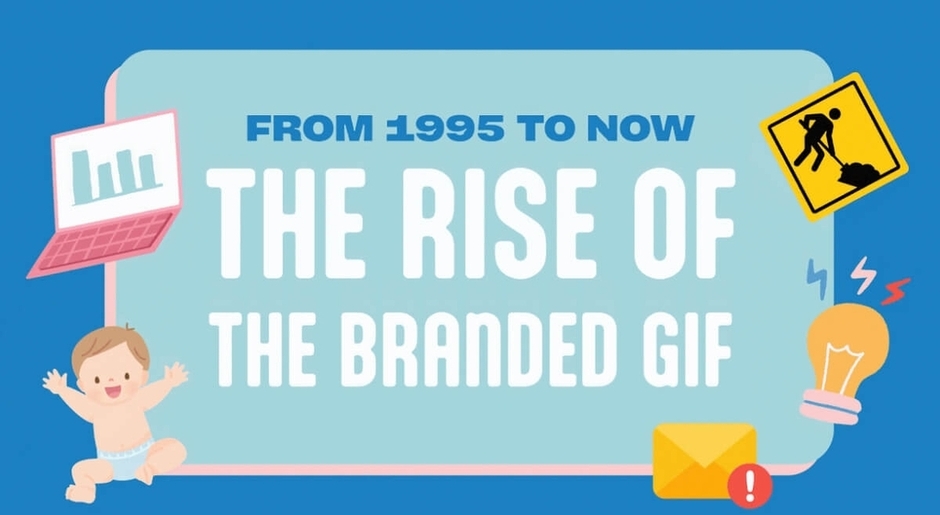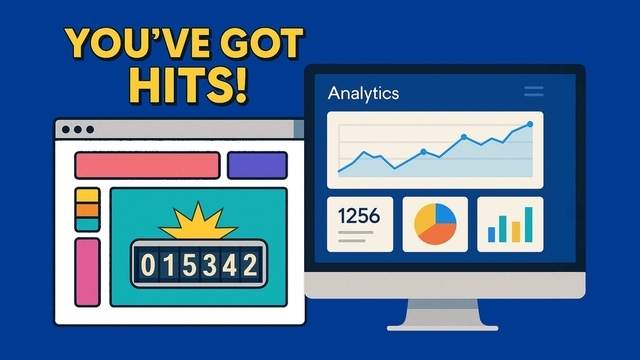
If you were online in the 90s or early 2000s, chances are you remember the flashing, spinning, and often chaotic GIFs that filled personal websites. From neon “Under Construction” signs to pixelated dancing babies, GIFs were a defining feature of early internet culture. Once seen as digital clutter, these looping animations have transformed into a sophisticated and strategic tool for communication and branding.
The Early Days: Eye Candy Meets Internet Chaos
In the early years of the web, GIFs—short for Graphics Interchange Format—were one of the only ways to add motion to a webpage. They let webmasters create animations before CSS and JavaScript became common. GIFs were often used to highlight links, decorate banners, or inject personality into otherwise static pages. But they were frequently overused, cluttering sites and slowing down load times on dial-up connections. This led many designers to seek cleaner, faster alternatives as the internet evolved.
A Digital Comeback: From Meme Culture to Marketing
GIFs faded from the spotlight for a time, but social media brought them roaring back. Platforms like Tumblr, Twitter, and Facebook helped transform GIFs into a popular format for expressing emotions, reactions, and humor. Instead of blinking signs and animated clipart, users embraced short, expressive loops to communicate more effectively. Brands soon followed. Recognizing the power of micro-content, companies began creating custom GIFs to promote products, connect with audiences, and stand out in crowded feeds.
Today, professionally designed GIFs are used in everything from social media and email campaigns to customer support and product launches. They're concise, mobile-friendly, and instantly engaging.
Why GIFs Still Matter
Modern GIFs are polished, purposeful, and often high quality. They help brands show personality, explain ideas quickly, and capture attention in fast-scrolling environments. Whether it’s a looping product demo, an animated email header, or a reaction GIF in a chat, these visuals help bridge the gap between static content and video. Thanks to improved compression and better screen resolutions, today’s GIFs load faster and look sharper than ever.
The Takeaway
At WRIS, we combine modern web trends with a nod to digital nostalgia. Whether you're looking to enhance your website with subtle animations or use GIFs to boost engagement, we’ll help you find the right approach to bring your brand to life. Let’s make something that moves people—in every sense of the word.



